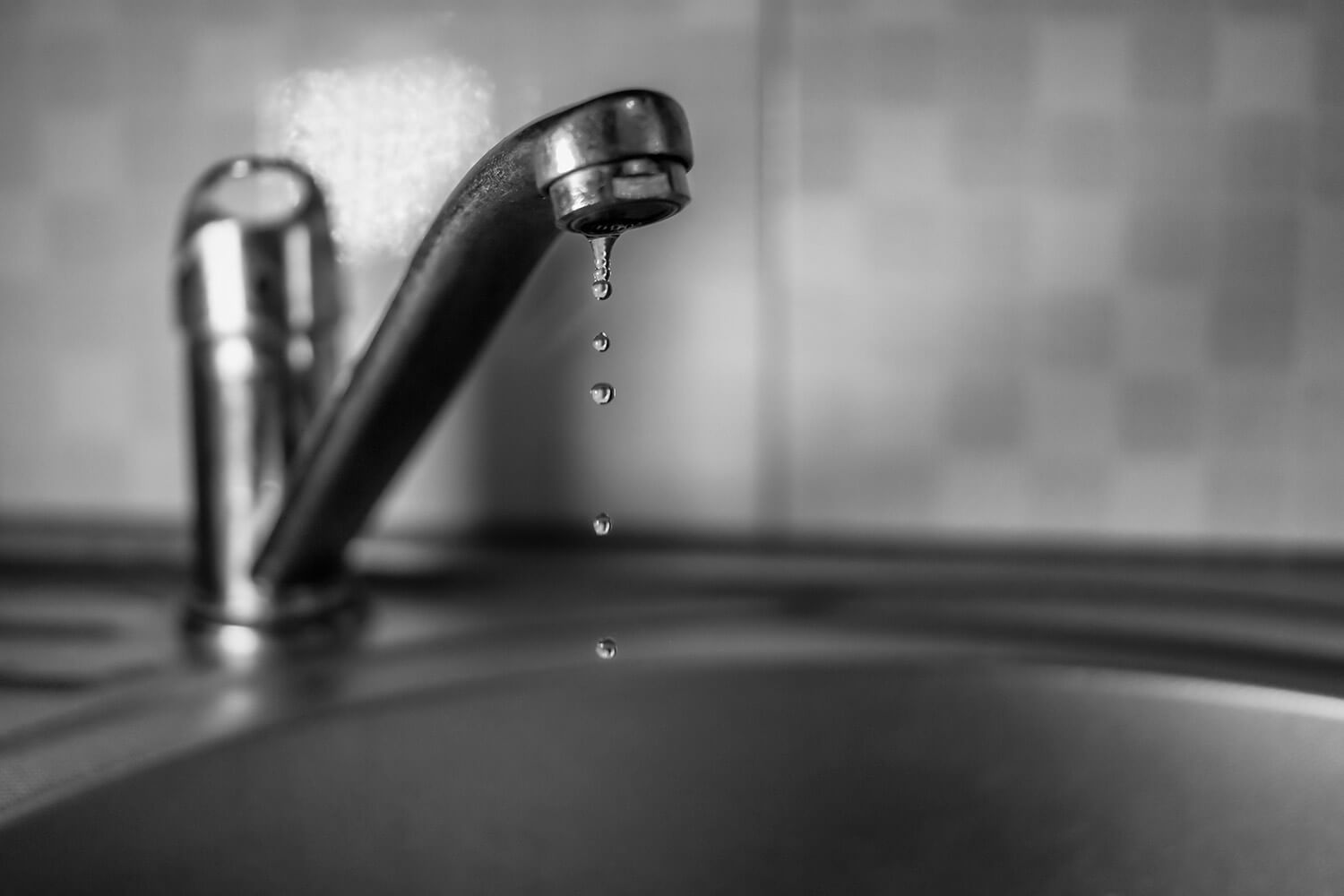Just how do you feel when it comes to Common Water Leaks In House?
Leaks not just trigger waste of water but can additionally create unneeded damage to your residence as well as promote unwanted natural growth. By understanding and also looking for daily situations that create leaks, you can secure your residence from future leakages and unnecessary damages.
Instantaneous temperature level changes.
Extreme temperature adjustments in our pipes can trigger them to broaden and also contract all of a sudden. This growth and also tightening may trigger splits in the pipelines, particularly if the temperature are below freezing. If you maintained an eye on just how your plumbing works, it would certainly be best. The visibility of the previously discussed situations frequently suggests a high danger.
Corroded water supply
As time goes by, your plumbing system ages and also deterioration such as rust might begin gnawing the pipelines. This may be the cause of staining or warping on your pipes. This calls for an evaluation with your plumber right away. If our plumbing system is old, take into consideration replacing the pipelines because they are at a greater threat of deterioration than the more recent models.
Faulty Pipe Joints
Pipe joints can degrade over time, resulting in water leaks. If you have noisy pipes that make ticking or banging sounds, particularly when the hot water is transformed on, your pipe joints are probably under a whole lot of pressure.
Elbowing in origins
Most water leaks begin outside the home instead than inside it. You might see damp spots or sinkholes in your lawn, and that could indicate that tree origins are getting into water lines triggering water to seep out.
Poor Water Connectors
Sometimes, a leakage can be caused by loose hoses and pipelines that supply your home appliances. More often than not, shifting is what causes the loose water Links. You could locate in the case of a washing maker, a tube may spring a leak because of trembling during the spin cycle. In case of a water connections leakage, you might observe water running straight from the supply line or puddles around your appliances.
Blocked Drains
Clogged drains pipes might be annoying as well as inconveniencing, but they can occasionally end up creating an overflow leading to rupture pipelines. Maintain removing any type of materials that might drop your drains pipes that can clog them to avoid such troubles.
All the above are sources of leaks but not all water leakages arise from plumbing leakages; some leakages could originate from roof leakages. All leakages should be fixed quickly to avoid water damage.
Leaks not only create waste of water however can additionally create unnecessary damages to your home and promote undesirable organic development. By recognizing and looking for everyday circumstances that trigger leaks, you can shield your house from future leakages and also unnecessary damages. Today, we will look at 6 leak creates that may be creating your pipes to trickle.
At times, a leak can be created by loose pipes and also pipes that provide your devices. In case of a water links leakage, you may observe water running straight from the supply line or pools around your home appliances.
How To Check For Water Leak In Your Home
How To Check for Leaks
The average household's leaks can account for nearly 10,000 gallons of water wasted every year and ten percent of homes have leaks that waste 90 gallons or more per day. Common types of leaks found in the home are worn toilet flappers, dripping faucets, and other leaking valves. These types of leaks are often easy to fix, requiring only a few tools and hardware that can pay for themselves in water savings. Fixing easily corrected household water leaks can save homeowners about 10 percent on their water bills.
To check for leaks in your home, you first need to determine whether you're wasting water and then identify the source of the leak. Here are some tips for finding leaks:
Take a look at your water usage during a colder month, such as January or February. If a family of four exceeds 12,000 gallons per month, there are serious leaks.
Check your water meter before and after a two-hour period when no water is being used. If the meter changes at all, you probably have a leak.
Identify toilet leaks by placing a drop of food coloring in the toilet tank. If any color shows up in the bowl after 10 minutes, you have a leak. (Be sure to flush immediately after the experiment to avoid staining the tank.)
Examine faucet gaskets and pipe fittings for any water on the outside of the pipe to check for surface leaks.
Undetected water leaks can happen without the home or business owner even realizing. If you suspect a water leak, but not able to find the source. It is time to contact a professional water leak detection service, The Leak Doctor.
How To Find a Water Leak In Your Home
https://www.leakdoctor.com/blog/How-To-Check-For-Water-Leak-In-Your-Home_AE197.html

I hope you enjoyed our section about Common Water Leaks In House. Thanks a ton for taking the time to browse our posting. Sharing is good. Helping others is fun. We truly appreciate reading our article about How to Find Water Leaks.
Achieve peace of mind.